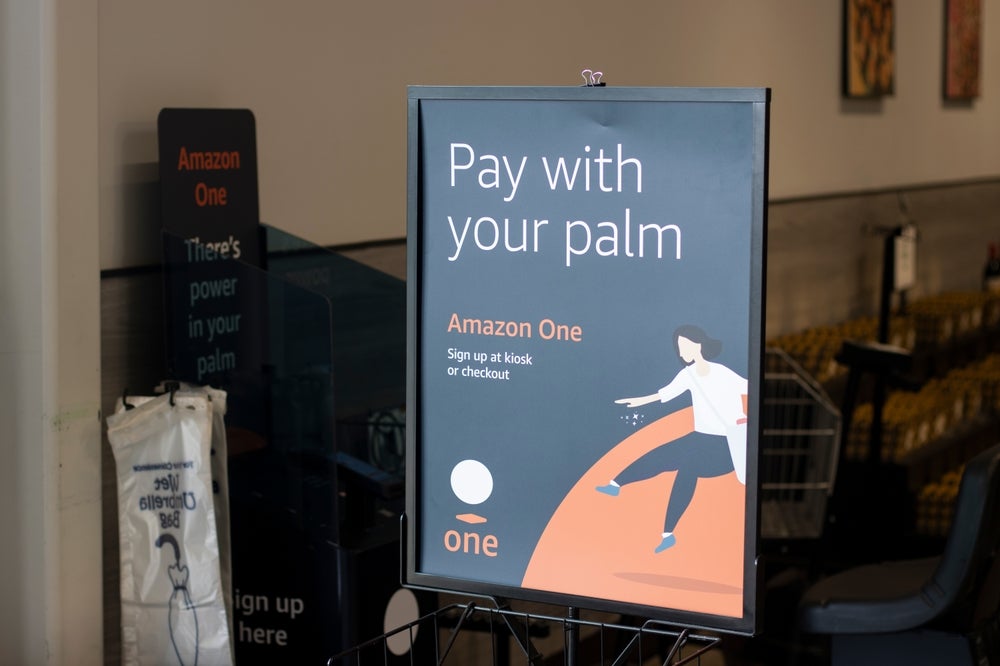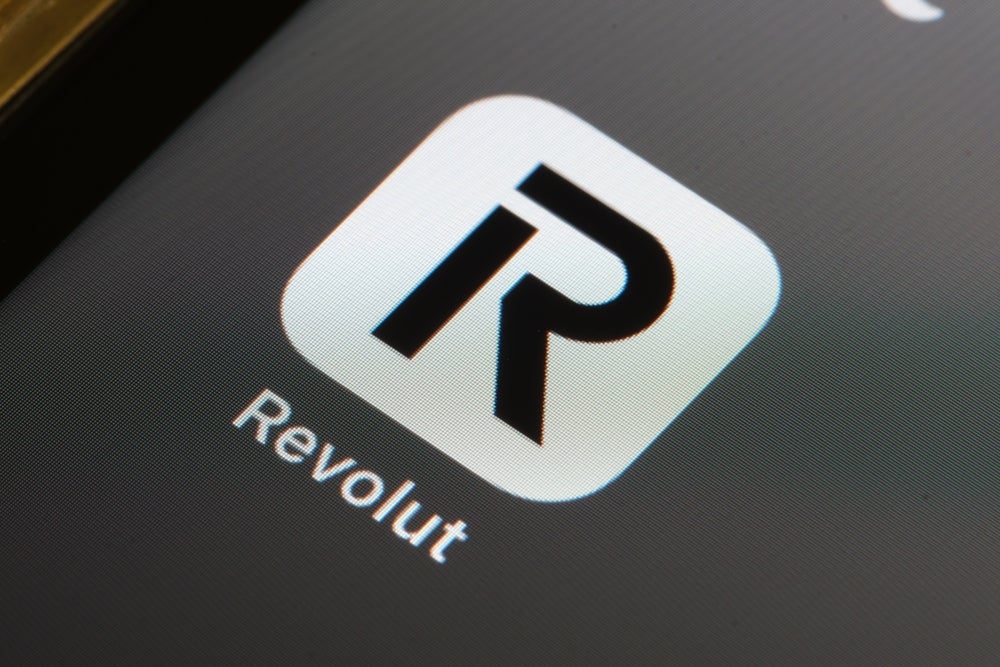Banco Azteca enjoys a
rare distinction in retail banking: it is the world’s only fully
biometric bank. All of its account holders use fingerprint IDs to
access their accounts across its 1,634 branch network in Mexico –
and even, in some cases, to make payments. Will Cain
reports.
 Biometric
Biometric
technology has helped Mexico’s Banca Azteca achieve remarkable
success at home and increasingly abroad. Since it was set up in
October 2002, it has attracted 10.5m active savings accounts and
10m loan customers.
Luis Niño de Rivera, Banco
Azteca’s vice-chairman, told RBI that biometrics has
played a role in this success but traditional retail banking skills
such as segmentation and product design were its most important
differentiators.
“Biometrics by themselves
does not necessarily bring customers to a bank,” said the former
Citibank and Dresdner Bank Mexico retail banker.
“It is about the quality and
the type of the products we offer, which are tailor made for
bottom-of-the-pyramid clients. We never started out with high end
products that we now need to try to adjust – we only cater for this
market segment, so everything we design as a product or a contract
is strictly focused on this market.
How well do you really know your competitors?
Access the most comprehensive Company Profiles on the market, powered by GlobalData. Save hours of research. Gain competitive edge.

Thank you!
Your download email will arrive shortly
Not ready to buy yet? Download a free sample
We are confident about the unique quality of our Company Profiles. However, we want you to make the most beneficial decision for your business, so we offer a free sample that you can download by submitting the below form
By GlobalData“That is what makes us
competitive. We use the technology to expedite product delivery,
improve security and make the business cheaper to operate. If we
marketed ourselves as ‘the world’s only biometric bank’ I don’t
think we’d have the customers we have now. The secret is using the
technology to access and service these clients more
efficiently.
Azteca Bank offers credit,
day-to-day and term savings accounts. It provides transaction
services including remittances, wire transactions, and bill and tax
payment services.
Clients can also transact
using a Visa Electron debit card, marketed with the slogan ¿guardas
tu dinero debajo del colchón? (do you keep your money under the
mattress?). It also has an online and mobile banking
platform.
Rivera said the product and
service set were specifically designed for the bank’s target
customer group. Savings accounts can open with as little as MXN50
($4), featuring unlimited deposits and withdrawals in denominations
as low as MXN1. Its average loan per customer is just
$200.
The approach has helped Banco
Azteca build a lending book worth MXN22.9bn and deposits of
MXN52.1, according to figures published in June 2010.
Success in Mexico has been
followed with a move abroad. It now has operations in Guatemala,
Honduras, El Salvador, Panama, Peru and Brazil.
“We have almost exactly the
same business model in all of our markets,” said Niño de Rivera.
“We go for the low to middle income client – basically the bottom
of the pyramid. We have the same store format, the same bank
operations and the same products and services. Of course, we have
to adjust to some extent to comply with local regulations, but the
business model is largely the same wherever we go.”
The opportunity for
converting unbanked and low income individuals into fully fledged
banking customers is well known in the industry. So far, few have
managed to do this successfully because of the low margins
involved. Prepaid cards have been one solution. Banks across the
world are currently trying to use these products as a cheap and
risk-free induction into the wider world of banking
products.
Biometrics makes interactions
with customers quicker, more secure and less costly to operate.
Customers insert their finger into a reader when they reach the
cashier, which immediately identifies their accounts and presents a
picture of the individual on-screen for cashier
verification.
This means queue times “are
measured in seconds rather than minutes”, according to Niño de
Rivera, even though it is providing 6,000-7,000 loans on average
per day. Printed documentation in branches is also kept to a
minimum, reducing costs.
“You have to have them
printed, then distribute them – in our case to over 1,600 outlets.
You also have to make sure the service you are offering is valuable
and relevant to clients. Many of our customers are not as educated
or literate as more affluent customers. It makes more sense for us
to educate them about how our system works: it simplifies their
life and our life and reduces costs substantially.”
Banco Azteca’s growth also
has a double benefit for Grupo Salinas, a privately-run group which
owns Azteca. As well as its 300 independent branches in Mexico,
Azteca is present in many of Grupo Salinas’ chain stores, primarily
Elektra, its flagship retail outlet.
Banco Azteca tellers operate
as cashiers for Elektra, meaning customers can make
fingerprint-authenticated payments for purchases from their Azteca
accounts. Including its presence in these retail outlets, Azteca is
present in 1,634 locations across Mexico.
The use of biometrics in
banking is also well established in Japan, where there are around
75,000 biometric ATMs. The technology in Japan is slightly
different, where banks use finger vein technology provided by
Hitachi or palm vein authentication which is manufactured by
Fujitsu.
Last year, Hitachi signed
contracts with three Polish co-operative banks and Turkey’s Isbank
and Vakifbank to roll out its finger vein technology – the first
commercial biometric installations in Europe.
“I don’t think biometrics is
something which is only applicable to banks with high levels of
rural unbanked,” said Niño de Rivera. “Other institutions don’t use
the technology because they probably have a smaller number of
clients and can’t justify the investment.
“For us, it is a very intensive business with a high
volume of clients transacting with us, so it’s important the system
is as efficient and low cost as we can make it. For most banks it’s
too high an investment for too few savings and credit
clients.”







